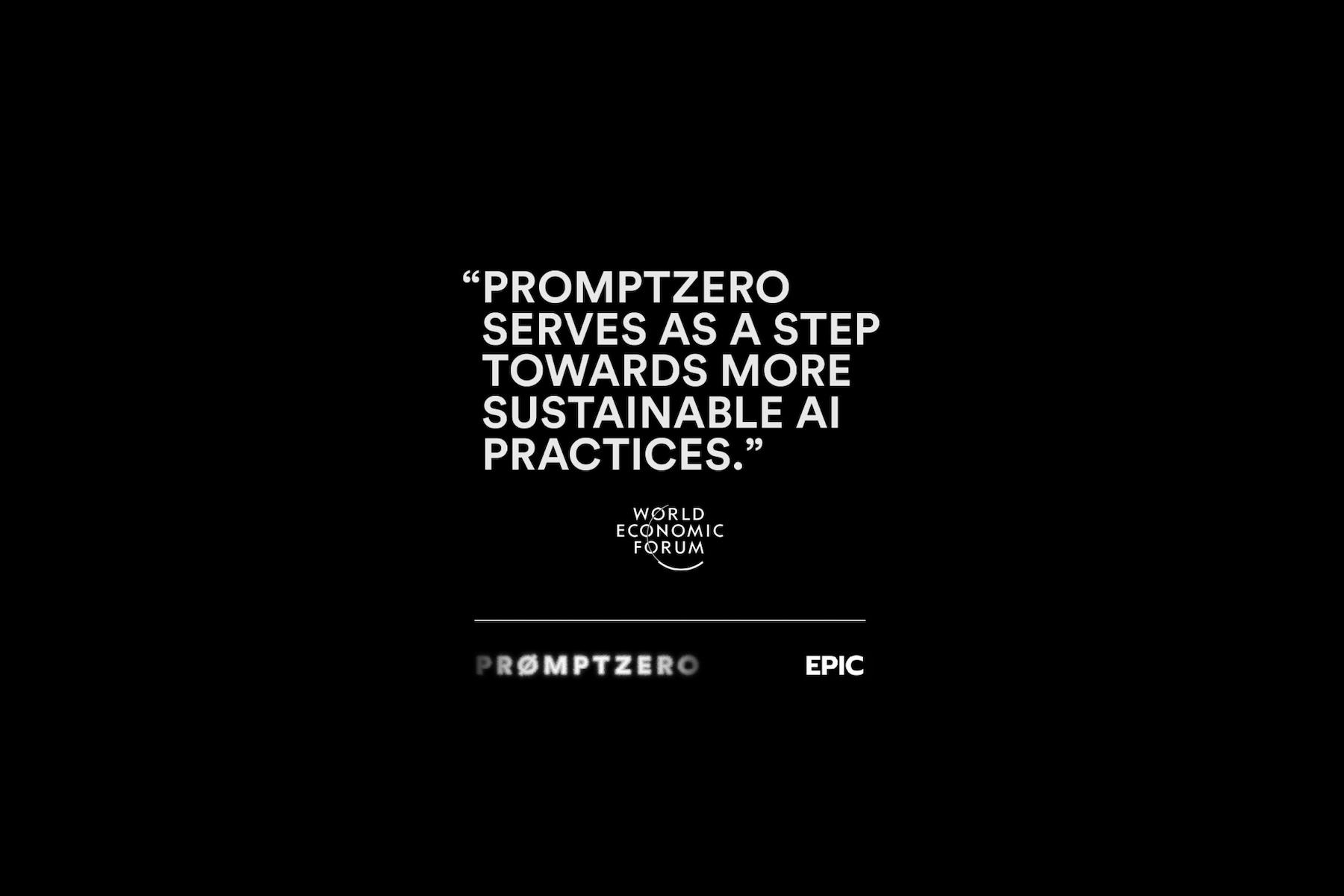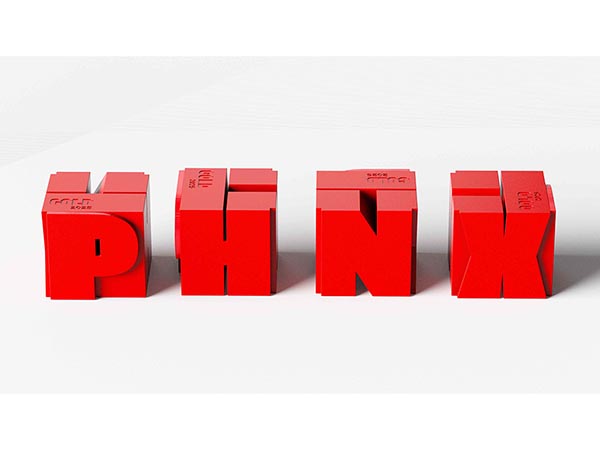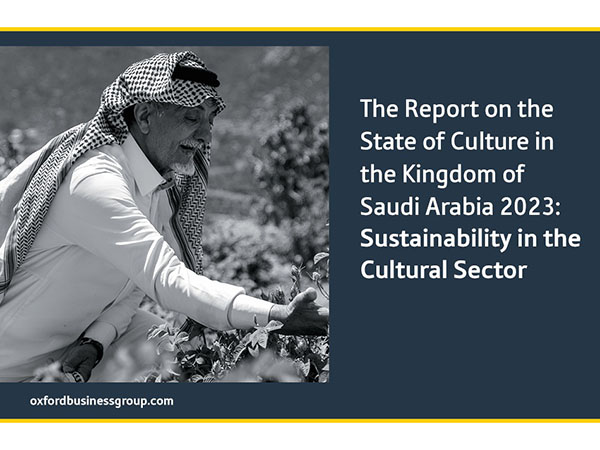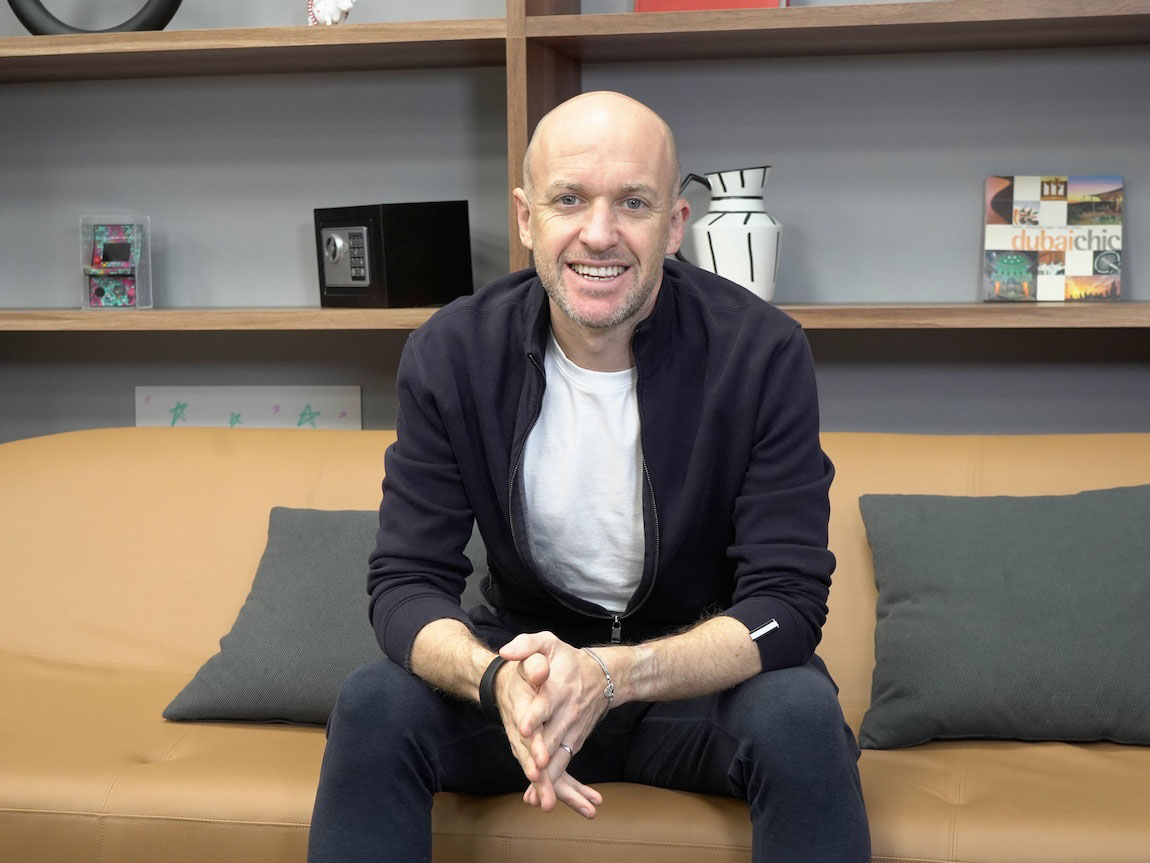Industry Talk
Green Marketing Pioneer Jacquelyn Ottman Talks to ArabAd
August 24, 2011
.jpg) Advertisement
Advertisement
AA: With green now mainstream, what are the best ways to segment consumers in order to reach the most relevant ones for one’s brand?
JO:There are a few good ways.
The natural marketing institute segments according to psychographics—deep greens are lohas, then there’s the naturalites, drifters (status conscious), conventionals (recyclers) and the unconcerneds.
I like my own segmentation – by personal interests – those who are into the outdoors and wildlife, resource conservers (i’m in there), animal lovers, and health fanatics.
I think it’s also important to look at generations, too. The millenials are being dubbed, generation s for sustainability.
AA: “Transparency” is a big buzzword in green. What is it exactly, and how can green marketers do it successfully —i.e., while being fully credible with consumers but not, for example, disclosing trade secrets and proprietary product formulations?
JO: Transparency is about disclosing the kinds of information that consumers now seek about products, packages and companies. The reason consumers are into green is that they are concerned about the potential impacts of the products they buy on the environment and importantly, on their personal health. Being able to get answers to important questions is the root of consumers’ needs for transparency.
Many companies are making valiant attempts at transparency. I particularly like Patagonia’s footprint chronicles microwebsite that shares “the good the bad and the ugly” about selected products.
AA: Since the industry has moved beyond targeting “deep green” consumers, what specific primary product benefits do you think have the most added value for the mainstream consumer?
JO: Health definitely (it’s the real why organic and natural products are growing so fast), followed by saving money. That’s the reason why compact fluorescent bulbs are growing so fast.
AA: Sometimes, highly visible brands enjoy the positive impact of being a well-known and powerful with green perceptions matching the general perception (whether or not those brands are truly green). Can you tell us something about this?
JO: Well-known brands get all sorts of halo effects – consumers, in responding to interviewers’ questions don’t want to look silly – so they will often mention a brand on the top of their mind when they are asked a question they may otherwise have trouble answering.
AA: How can brands communicate credibly to avoid accusations of “green washing”?
JO: The best things brands can do in this regard is to be specific, back up their claims with scientific evidence, and to follow the FTC’s green guidelines -- or other trusted source of government or NGO guidance. More importantly, they should be sure to take a life cycle approach to their product greening. Make sure their product is as green as it can be in the first place.
AA: How can a brand leverage purchase influencers through third parties like NGOs and eco-labelers?
JO: Consumers trust ecolabels, especially those from NGOs and government -- labels such as Energy Star, USDA organic, FSC and Green Seal. Marketers should make sure to use ecolabels that enjoy high levels of recognition, because there is a connection between purchase influence and awareness.
AA: In rule eleven of your 'Twenty Rules of Green Marketing' you state that “the greenest products represent new concepts with business models with significantly less impact.” Can you elaborate on this point?
JO: Yes, this is what I call eco-innovation. We can green up an individual car, but we can also innovate with a new business model. Take car sharing. One third of consumers who are members of a popular car sharing service here in the States reports that they no longer feel the need to own a car. Reducing car ownership and promoting more intensive use of cars through car sharing not only can significantly reduce the environmental impacts associated with manufacturing cars in the first place, but think of the associated impacts that are reduced through congestion, idling in traffic, etc. And that’s just one example.
AA: What is a "biobased economy” and why might it be a likelihood in the future?
JO: Biobased means making products from plants and other biological matter. Using plants often helps to eliminate the need for petroleum-based materials
I am a consultant to the US Department of Agriculture’s new “USDA Certified Biobased Label”. We are very excited about the possibilities for more biobased products to help to reduce carbon, assist rural economies, and promote energy independence.
AA: What are the must-dos for any organisation looking to brand itself or its products as green or sustainable?
JO: The most important thing a company needs to do in order to brand themselves or products as green is to walk their talk.
Start with operations, educate their own people. It all starts with the CEO. Only the CEO has the ability to see that things are green across all departments. The CEO must be the Chief Environmental Officer!
Jacquelyn A. Ottman
 A former advertising executive on consumer packaged goods businesses at major New York advertising agencies and a true pioneer in green marketing, Ottman has been consulting in the arena of green business for over 20 years as the founder and president of J. Ottman Consulting, Inc. Ottman and her team have helped over 60 of the Fortune 500 find competitive advantage by leveraging credible green marketing and eco-innovation strategies. Clients include: 3M, GE, HSBC, Johnson & Johnson, Epson, HSBC, Nike and Samsung. As an advisor to the U.S. government's voluntary eco-labeling programmes, Ottman has helped guide the marketing of the U.S. EPA's Energy Star, SmartWay and Design for Environment eco-labels, and is currently assisting in the launch of the USDA's BioBased label. A sought-after speaker at industry conferences and corporate gatherings in North America, South America, Asia, and Europe, she co-chairs both the Sustainable Brands conference, and is a co-founder of the Sustainable Business Committee of the Columbia University Business School Alumni Club of NY where she founded a certificate programme in sustainable design.
A former advertising executive on consumer packaged goods businesses at major New York advertising agencies and a true pioneer in green marketing, Ottman has been consulting in the arena of green business for over 20 years as the founder and president of J. Ottman Consulting, Inc. Ottman and her team have helped over 60 of the Fortune 500 find competitive advantage by leveraging credible green marketing and eco-innovation strategies. Clients include: 3M, GE, HSBC, Johnson & Johnson, Epson, HSBC, Nike and Samsung. As an advisor to the U.S. government's voluntary eco-labeling programmes, Ottman has helped guide the marketing of the U.S. EPA's Energy Star, SmartWay and Design for Environment eco-labels, and is currently assisting in the launch of the USDA's BioBased label. A sought-after speaker at industry conferences and corporate gatherings in North America, South America, Asia, and Europe, she co-chairs both the Sustainable Brands conference, and is a co-founder of the Sustainable Business Committee of the Columbia University Business School Alumni Club of NY where she founded a certificate programme in sustainable design.
She blogs at greenmarketing.com/blog.


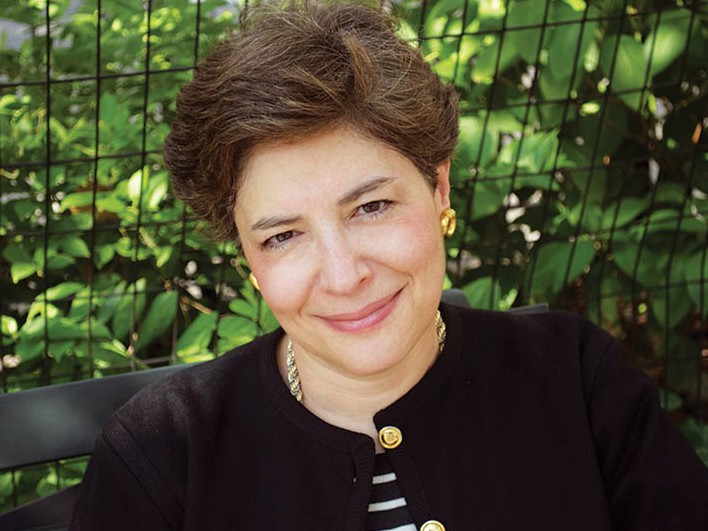


.jpg)
